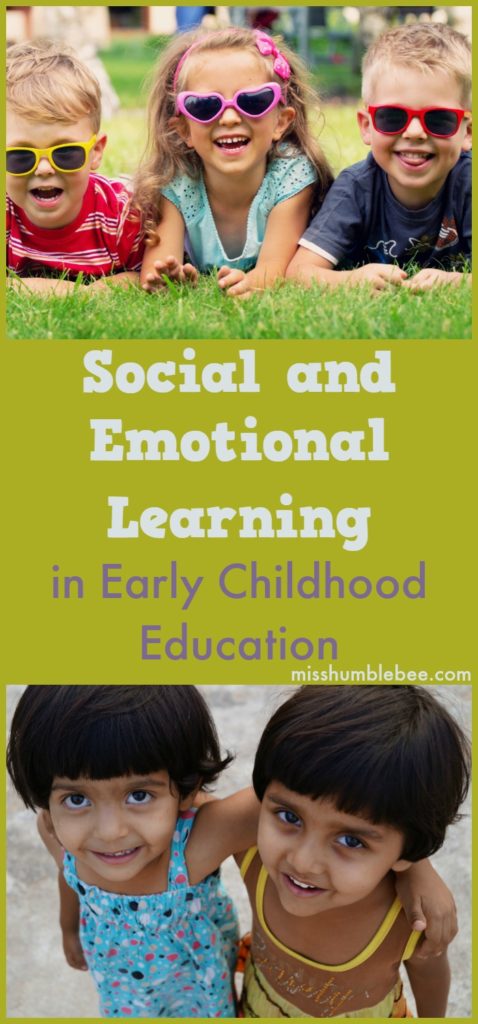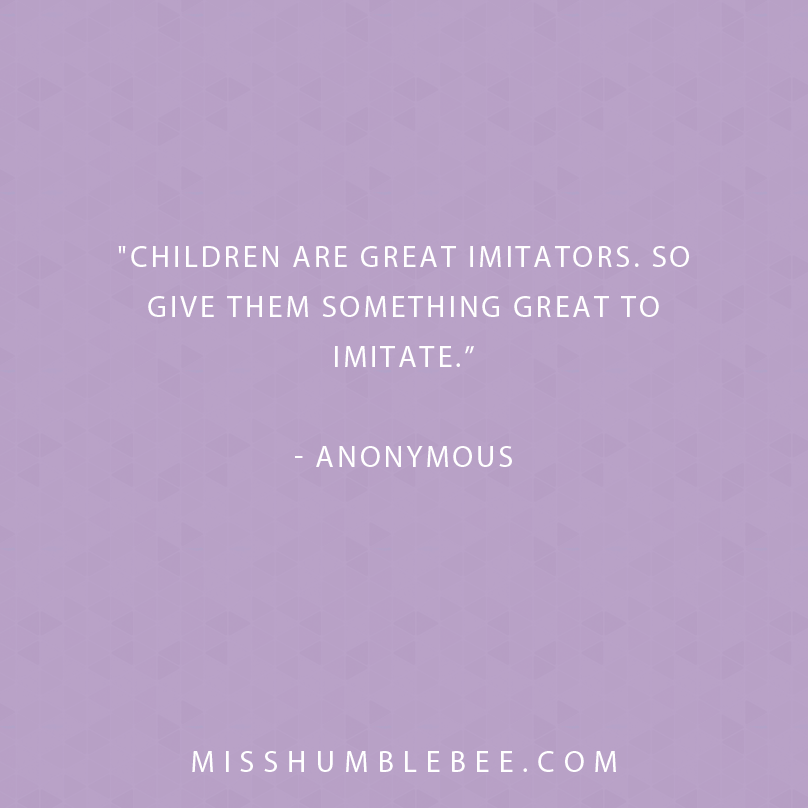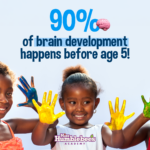Last week on the blog we discussed IQ (Intelligence Quotient) vs EQ (Emotional Quotient or Emotional Intelligence) and which is a better indicator of future success. The truth is that both have some bearing (read the full article here) on how successful someone will be.
Since many people are unfamiliar with Emotional Intelligence, let’s dive deeper into how social and emotional learning impacts children.

Social and Emotional Learning promotes self-awareness, responsible decision-making skills, and more, and should be taught as early as possible in order to help in character formation later in life.
According to CASEL, Social and emotional learning promotes students’:
- Self awareness
- Self management
- Social awareness
- Relationships
- Responsible decision-making skills
- Improved student attitudes and beliefs about self, others, and school
When these skills are strengthened, children have stronger social skills and relationships, are better able to regulate their emotions and behaviors, and see an improvement in their academic performance.
Social and Emotional learning is essential for children between the ages of 3-6. Teaching these skills at early ages leaves a lasting impression, helping to ‘cement’ the good behaviors and skills that they will use throughout their lives.
The school, community and home should provide role models. This creates a real-life scenario for young children and gives them a reference point for strong social characteristics.
An emotionally intelligent child can easily trust his ability, institutions, and the people around him. He has high self esteem and greater control of his emotional reactions. This prevents rushed decisions or slow action, which can be detrimental depending on the situation. A child can identify the positive and negative impact of a particular emotion and make the right decision.
Children under no emotional distress develop likable and strong characteristics that allow them to easily socialize. Their academic work experiences an improvement with higher grades. Performance on tests becomes significantly better.
When there is participation in social and emotional learning by both the child’s parents and the surrounding community, a seamless learning process takes place, and there is no disconnect between what the child gets at home and what is taught in school.
By laying the groundwork for your children’s social and emotional learning before school begins, you will set them up for lifelong success.











